What Happen In The United States From 1955 to 2020
Analyzing the period from 1955 to 2020 reveals a compelling inverse relationship between union density and corporate profits across each decade. In the 1950s and 60s, a time of relatively high union membership, corporate profits experienced more moderated growth compared to subsequent decades. As union density began its decline in the 1970s, coinciding with shifts in economic policy and global competition, corporate profits started to climb more noticeably. The 1980s and 90s saw a significant acceleration in this trend, with declining union influence allowing for wage stagnation among workers while corporate bottom lines swelled. By the 2000s and 2010s, union density had reached historic lows, and corporate profits soared, fueled by factors like globalization, technological advancements, and a regulatory environment increasingly favorable to business. This long-term trend suggests that the weakening of organized labor may have contributed to a shift in economic power, favoring corporate interests and impacting the distribution of wealth within the economy.
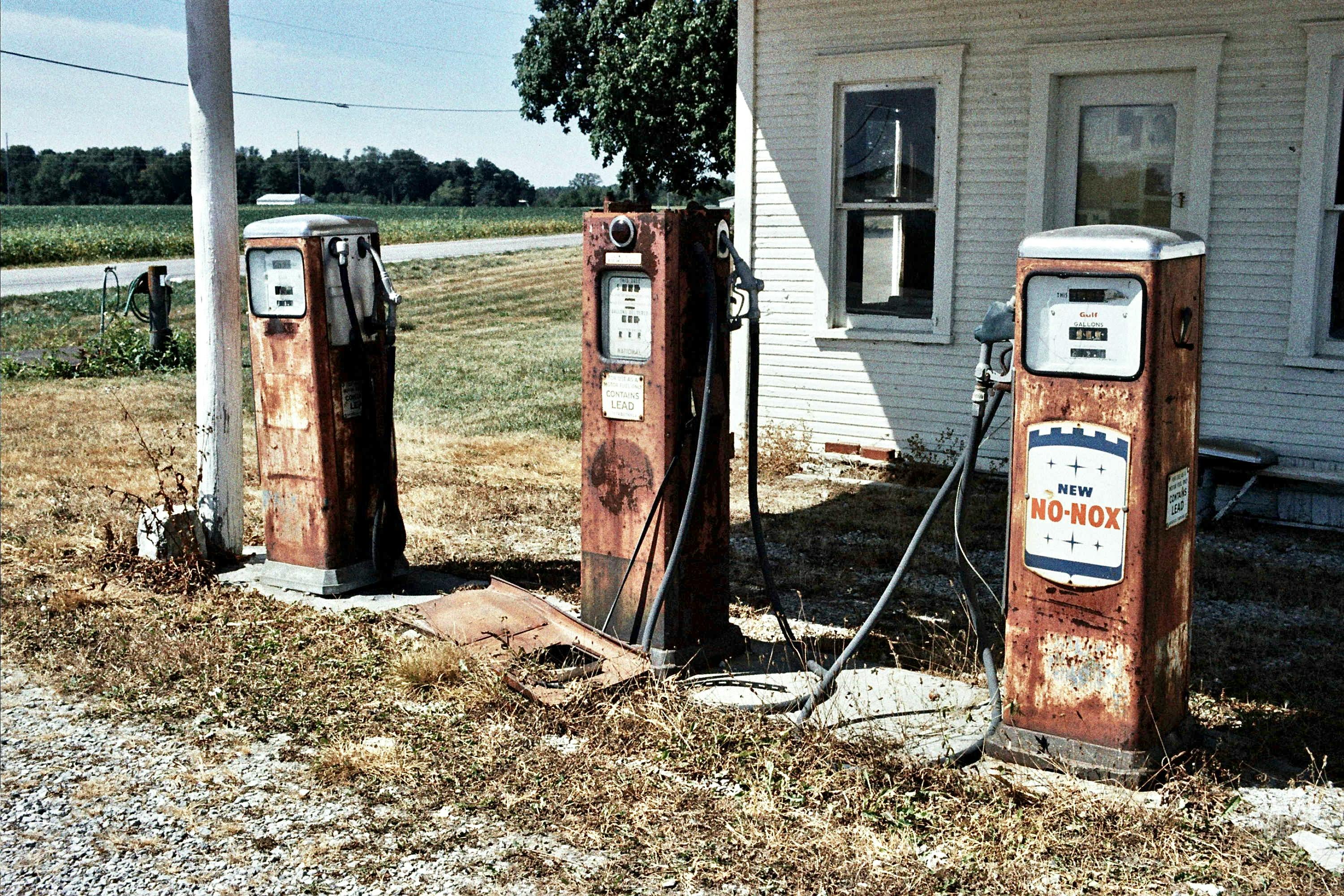
It’s difficult to provide a precise, comprehensive answer comparing poverty, the working poor, and homelessness in 1955 to 2020 due to changes in data collection methods, definitions, and the availability of consistent data across that entire period. However, we can offer some insights. Regarding poverty, the official poverty rate has fluctuated significantly since 1955. While direct comparisons are hampered by definitional changes, there has been a general trend of decreasing poverty rates from the mid-20th century peak to a lower plateau, with periodic increases during economic downturns. For the working poor, consistent data is less readily available for the earlier part of the period. However, contemporary data indicates that the working poor constitute a significant portion of the impoverished population, a situation that has persisted and likely grown in scale relative to the overall workforce since 1955, especially considering rising income inequality and stagnant wages for many low-skilled jobs. As for homelessness, consistent nationwide data collection didn’t begin until the 1980s, making a direct comparison to 1955 impossible. However, it’s widely understood that homelessness has increased significantly since the mid-20th century, driven by factors like deinstitutionalization of mental health facilities, a decline in affordable housing, and increasing economic inequality. Therefore, while precise figures are elusive, there’s strong evidence suggesting increases in the scale of all three issues—poverty, the working poor, and homelessness—since 1955, though the nature and causes of these increases are complex and multifaceted.

Since 1955, a notable shift has occurred in the distribution of wealth in America, characterized by a shrinking middle class and a dramatic expansion of wealth concentrated at the very top. While the post-World War II era initially saw broad-based prosperity and a growing middle class, subsequent decades have witnessed a stagnation and even decline in the economic fortunes of middle-income households. Simultaneously, the top one percent, and particularly the very wealthiest within that percentile, have experienced exponential wealth growth, accumulating a disproportionate share of the nation’s economic gains. This trend, continuing until 2020, underscores a significant and evolving imbalance in the American economic landscape, raising concerns about social mobility, economic inequality, and the long-term stability of the nation’s economic system.

The relationship between the United States and labor unions is complex and not simply defined by opposition. While the US has a history of labor movements, union membership is significantly lower than in many other developed nations. Several factors contribute to this, including a legal framework that, while protecting the right to organize, also allows for “right-to-work” laws which weaken unions’ bargaining power. Furthermore, a cultural emphasis on individualism and a historical narrative that often portrays unions as corrupt or detrimental to economic competitiveness have played a role.
The question of why working-class and middle-class Americans sometimes vote against policies that seem to directly benefit them is a subject of ongoing debate. Some argue that social and cultural issues, such as religion, gun rights, and national identity, often outweigh economic considerations for many voters. Others point to effective messaging from political parties and interest groups that frame policies in ways that appeal to certain values or fears, even if the actual economic impact might be negative for those voters. The erosion of trust in institutions, including government and unions, also plays a role, leading some to believe that political solutions are ineffective or even harmful.
Determining which political party has “hurt the American worker the most” between 1955 and 2020 is a complex and politically charged question. Both Democratic and Republican administrations have implemented policies that have had both positive and negative effects on workers, depending on the industry, skill level, and economic conditions. Factors like trade agreements, tax policies, deregulation, and investments in education and infrastructure have all influenced the economic well-being of American workers, and the impact of each policy is often debated and interpreted differently depending on one’s political perspective. A comprehensive analysis would require examining specific policies and their measurable effects on various segments of the workforce over that entire period, acknowledging the multi-faceted nature of the issue.
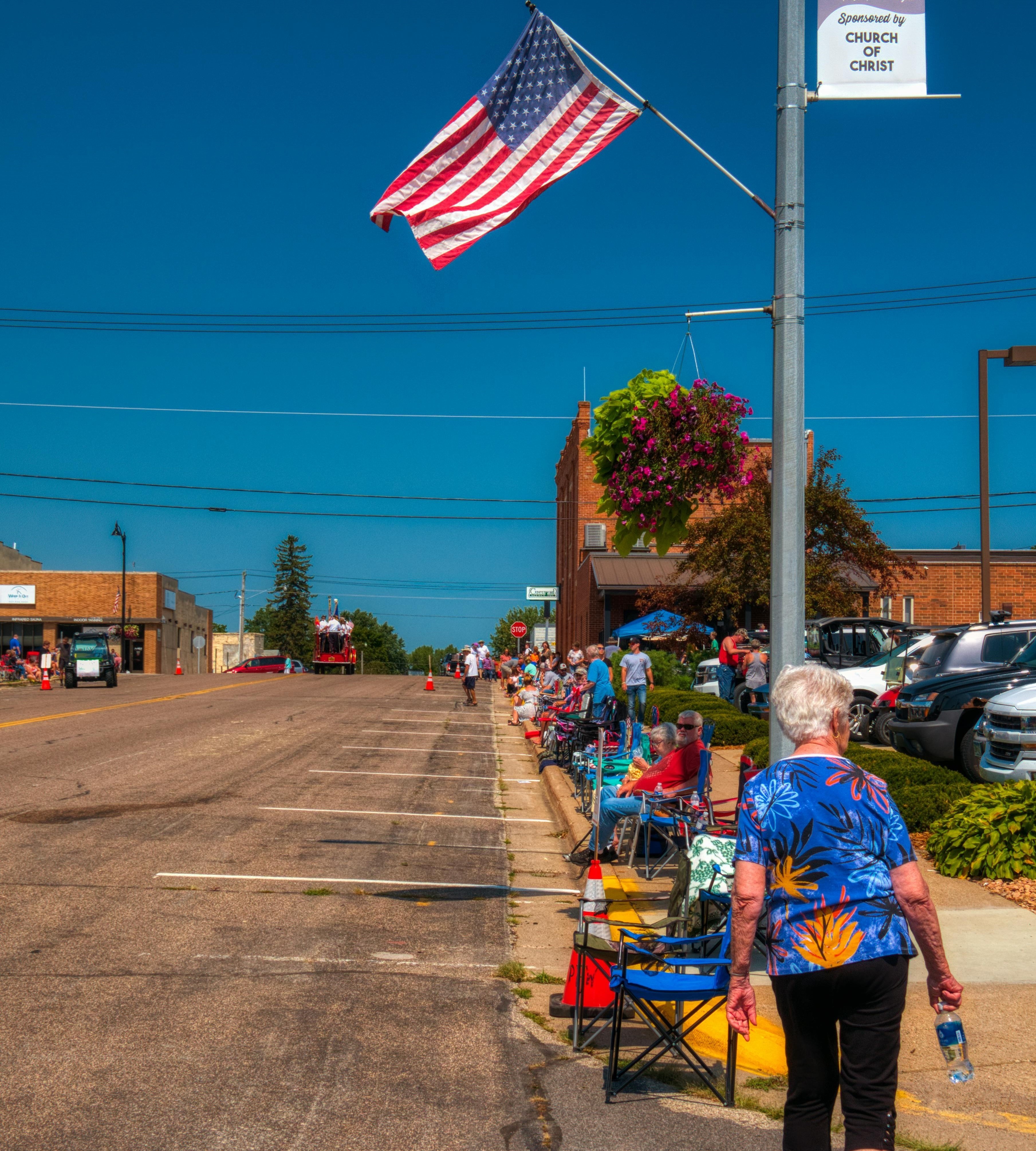
The difficulty in increasing the national minimum wage in the United States is rooted in various economic, political, and social factors. Here’s a step-by-step analysis:
1. Economic factors: There are debates among economists regarding the impact of minimum wage increases on employment, inflation, and overall economic growth. Some argue that raising the minimum wage could lead to job losses, particularly for unskilled and young workers, as businesses may reduce their workforce to cover higher labor costs. Others suggest that a higher minimum wage can boost the economy by increasing consumer spending and reducing government expenditures on social welfare programs.


2. Political factors: In the U.S., the minimum wage is a highly politicized issue. Historically, Democrats have generally been more in favor of increasing it, while Republicans often argue for a more market-driven approach, citing potential negative impacts on businesses and the economy. The lack of consensus among policymakers makes it challenging to pass legislation that would raise the federal minimum wage.
3. Business interests: There is significant opposition from some business owners and lobbying groups who claim that higher wages would lead to increased costs, potentially forcing small businesses to close and reducing the overall number of jobs available.

The difficulty in increasing the national minimum wage in the United States is rooted in various economic, political, and social factors. Here’s a step-by-step analysis:
1. Economic factors: There are debates among economists regarding the impact of minimum wage increases on employment, inflation, and overall economic growth. Some argue that raising the minimum wage could lead to job losses, particularly for unskilled and young workers, as businesses may reduce their workforce to cover higher labor costs. Others suggest that a higher minimum wage can boost the economy by increasing consumer spending and reducing government expenditures on social welfare programs.
2. Political factors: In the U.S., the minimum wage is a highly politicized issue. Historically, Democrats have generally been more in favor of increasing it, while Republicans often argue for a more market-driven approach, citing potential negative impacts on businesses and the economy. The lack of consensus among policymakers makes it challenging to pass legislation that would raise the federal minimum wage.
3. Business interests: There is significant opposition from some business owners and lobbying groups who claim that higher wages would lead to increased costs, potentially forcing small businesses to close and reducing the overall number of jobs available.
4. Regional variations: The cost of living varies widely across the U.S. A higher minimum wage might be more beneficial and feasible in high-cost areas like New York City or San Francisco, but less so in rural or low-cost regions where businesses might not be able to afford such increases without significant price hikes or reduced hours for employees.
5. State vs. federal power: The U.S. has a federalist system where states have significant autonomy. This means that even if the federal minimum wage is not increased, individual states can set their own minimum wages, which can create a patchwork of wage laws and complicate national policy-making.
Considering the current situation, if the poverty line were to increase alongside the minimum wage, it could potentially help the following ways:
– Lifting workers out of poverty: A higher minimum wage would provide a direct increase in income for the lowest-paid workers, which could reduce the number of people living below the poverty line.
– Stimulating the economy: Increased wages can lead to greater consumer spending, which can boost economic growth.
– Reducing income inequality: A higher minimum wage can narrow the gap between the rich and the poor, potentially leading to a more equitable distribution of wealth.
– Lowering government welfare costs: As workers earn more, their reliance on government assistance programs such as food stamps and Medicaid might decrease, reducing the burden on taxpayers.
– Improving worker morale and productivity: Fairer wages can lead to happier, more productive employees, which can benefit businesses in the long run.
However, it’s important to note that these benefits could be offset by the potential negative consequences, such as job losses or reduced working hours for those at the lowest income levels. The relationship between minimum wage and the economy is complex, and the effectiveness of such a policy would depend on careful implementation and consideration of various economic factors.
To summarize, the challenge in increasing the national minimum wage and the poverty level is multifaceted, involving economic debates, political considerations, and regional disparities. While an increase could potentially help millions of Americans, it is a contentious issue that requires careful analysis and negotiation to ensure the best outcome for both workers and the overall economy.
Healthcare in the United States is notoriously expensive due to a combination of factors that significantly drive up costs. One primary reason is the administrative complexity of the system, with a multitude of private insurance companies, government programs, and regulations that create inefficiencies. This complexity leads to high administrative costs, which are passed on to consumers.
Additionally, the prices for medical services, prescription drugs, and hospital stays are often exorbitantly high compared to other countries. This is partly due to the lack of price transparency and the market power held by certain providers and pharmaceutical companies that can set prices without competitive restraint. The prevalence of advanced medical technologies and high demand for specialized care also contributes to rising costs.
If these trends continue, there’s a genuine concern that average Americans may find healthcare increasingly unaffordable. With wages not keeping pace with rising premiums and out-of-pocket expenses, many individuals and families may be forced to make difficult choices regarding their health. The potential for a growing segment of the population to be priced out of necessary medical care is alarming and could lead to worse health outcomes and increased financial strain on families.
Addressing these issues requires urgent attention from policymakers to implement reforms that enhance affordability, improve transparency, and promote competition in the healthcare market. Without such measures, we risk reaching a point where quality healthcare becomes a privilege rather than a right for many Americans.
Capitalism vs. Socialism:
Which System Best Serves the US, the Global Economy, and the Planet? The debate between capitalism and socialism has been a cornerstone of political and economic discourse for over a century. While neither system exists in its pure form anywhere in the world, understanding their core principles and potential impacts is crucial for navigating the complex challenges facing the United States, the global economy, and the planet as a whole.
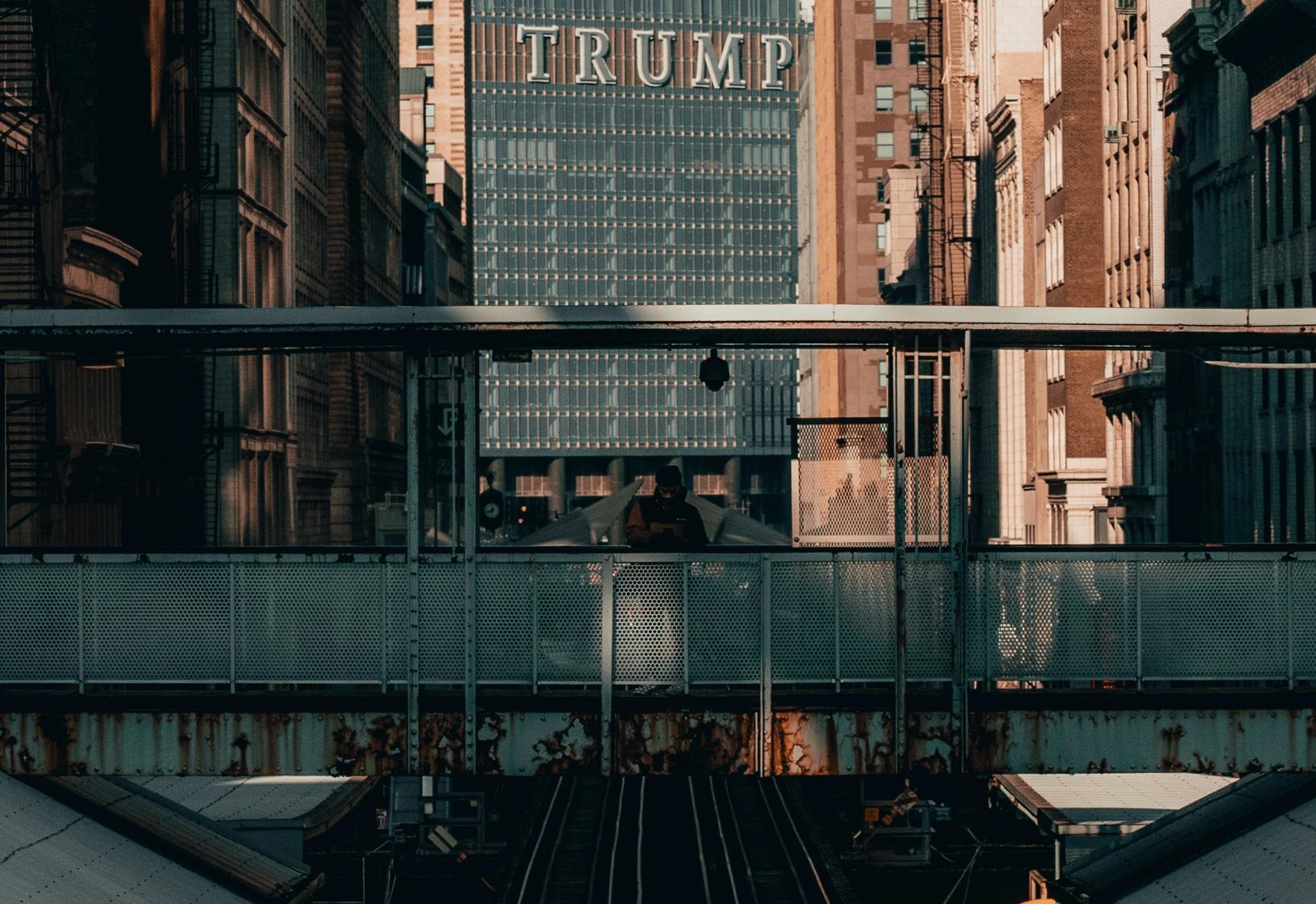
Capitalism: The Engine of Innovation and Growth
Capitalism, at its heart, is an economic system characterized by private ownership of the means of production, free markets, and the pursuit of profit. Its strengths lie in its ability to:
-
Drive Innovation: Competition incentivizes businesses to develop new products, services, and technologies to attract consumers and gain a competitive edge. This constant innovation leads to economic growth and improved living standards.
-
Allocate Resources Efficiently: Market forces, such as supply and demand, determine the allocation of resources. This decentralized decision-making process can be more responsive to consumer needs and preferences than centrally planned economies.
-
Generate Wealth: The profit motive encourages investment and entrepreneurship, leading to the creation of new jobs and wealth accumulation.
For the US: Capitalism has undeniably fueled the American economy, fostering innovation and generating immense wealth. However, its downsides include income inequality, potential for market failures (like monopolies), and environmental degradation.
For the Global Economy: Capitalism has facilitated global trade and investment, leading to increased interconnectedness and economic growth in many developing countries. However, it can also exacerbate inequalities between nations and lead to exploitation of resources and labor in less developed regions.
For the Planet: The focus on profit maximization in capitalism can lead to unsustainable resource extraction and environmental pollution. Without strong regulation and responsible business practices, capitalism can contribute to climate change and other environmental problems.
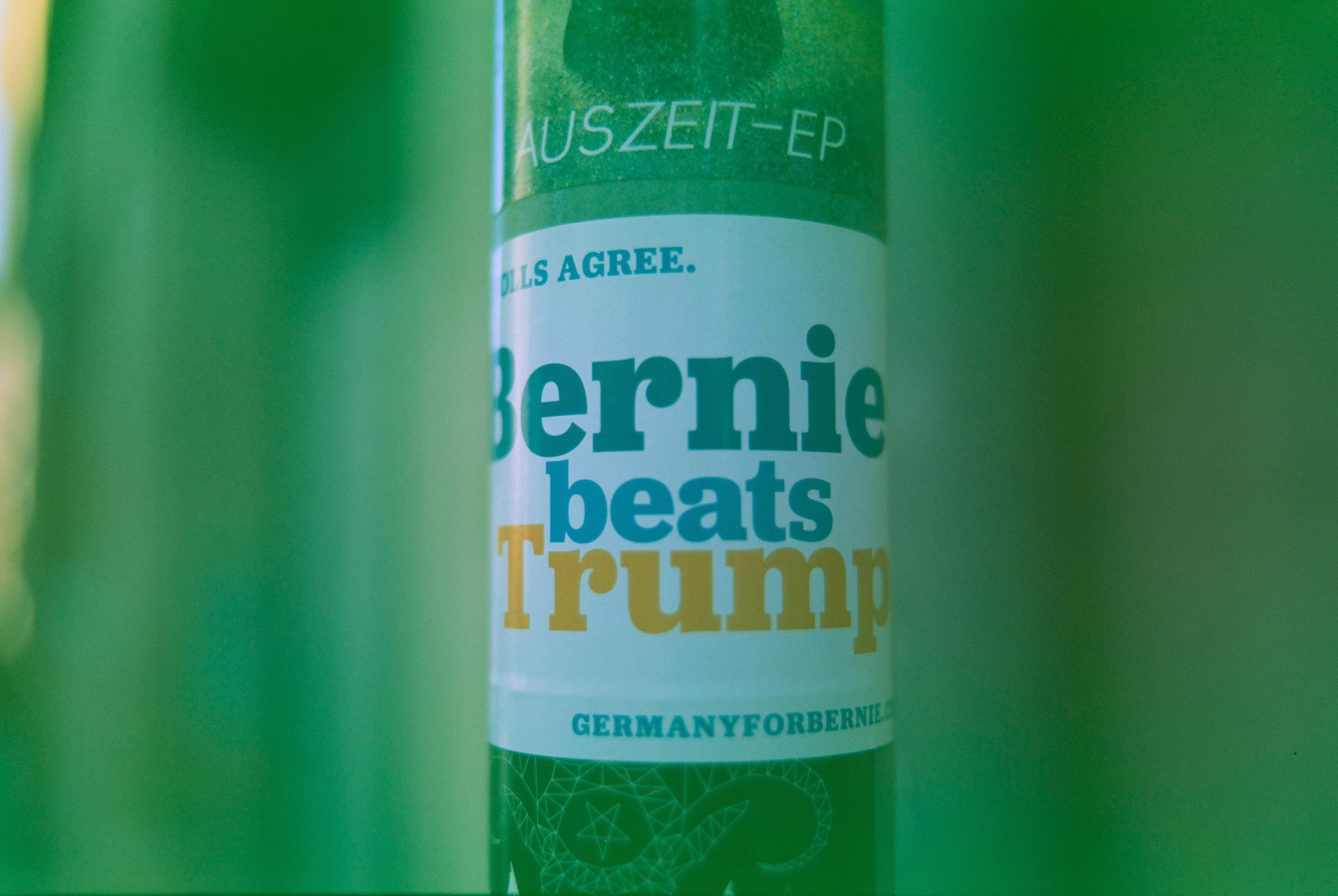
Socialism: Prioritizing Equality and Social Welfare
Socialism, in contrast, emphasizes social ownership or control of the means of production, with the goal of promoting equality and social welfare. Its key features include:
-
Reduced Inequality: Social ownership or control allows for a more equitable distribution of wealth and resources, reducing income disparities and providing social safety nets.
-
Provision of Public Goods: Socialist systems often prioritize the provision of essential services like healthcare, education, and housing to all citizens, regardless of their economic status.
-
Greater Social Stability: By addressing inequality and providing social support, socialism can contribute to greater social stability and cohesion.
For the US: Some argue that socialist policies, such as universal healthcare and free college tuition, could address pressing social problems in the US. However, concerns exist about the potential for government inefficiency, reduced economic growth, and limitations on individual freedom.
For the Global Economy: Socialism can promote fairer trade practices and reduce exploitation of developing countries. However, it can also lead to protectionism and reduced global trade, potentially hindering economic growth in the long run.
For the Planet: Socialist systems can prioritize environmental protection through state regulation and investment in sustainable technologies. However, centrally planned economies have also been known to cause environmental damage due to mismanagement and lack of accountability.
Finding a Balance: The Path Forward
The reality is that neither pure capitalism nor pure socialism provides a perfect solution. The optimal path likely lies in finding a balance between the two systems, incorporating the strengths of each while mitigating their weaknesses. This could involve:
Strengthening Regulations: Implementing regulations to address market failures, protect the environment, and ensure fair labor practices.
Investing in Social Programs: Providing a robust social safety net to protect vulnerable populations and reduce inequality.
Promoting Sustainable Development: Encouraging businesses to adopt sustainable practices and investing in renewable energy technologies.
Encouraging worker Cooperatives and Collective Bargaining: Allowing workers to take control of the means of production and ensure a living wage.
The specific mix of capitalist and socialist policies will vary depending on the context and priorities of each nation. The key is to adopt a pragmatic approach that promotes economic growth, social justice, and environmental sustainability. For the United States, the global economy, and the planet as a whole, a responsible and balanced approach offers the best hope for a prosperous and sustainable future. Ultimately, the ‘better’ system is determined by the specific needs and goals of the society in question, and often involves a blend of both ideologies.
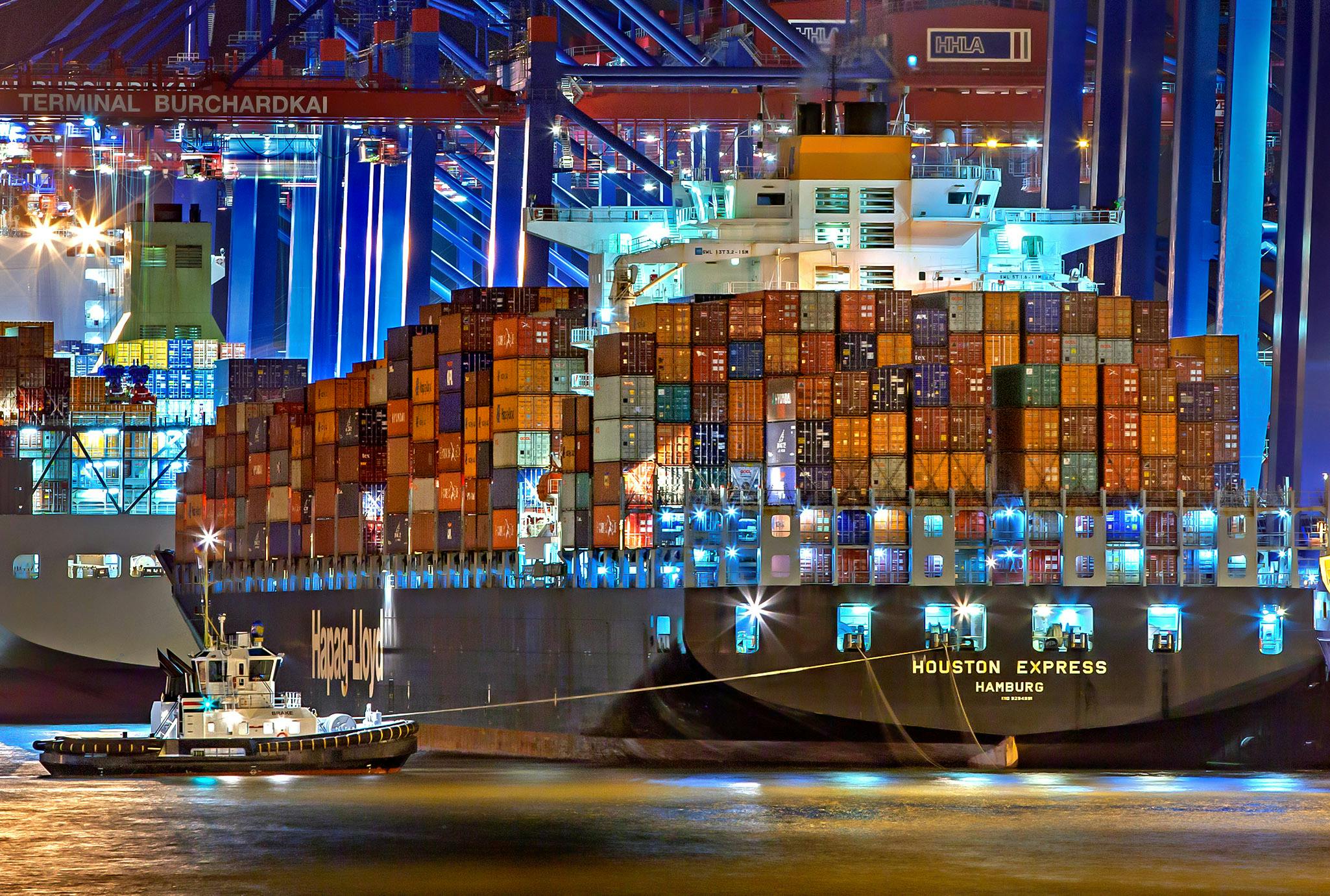
Protective tariffs aren’t simple wins for everyone. They’re taxes on imports, meant to shield home industries. While they can help those industries grow, consumers often pay more. Prices rise since there’s less competition from abroad. Plus, other countries might respond with their own tariffs. This can hurt our exports and spark trade wars. The real impact is complex; it depends on many factors.

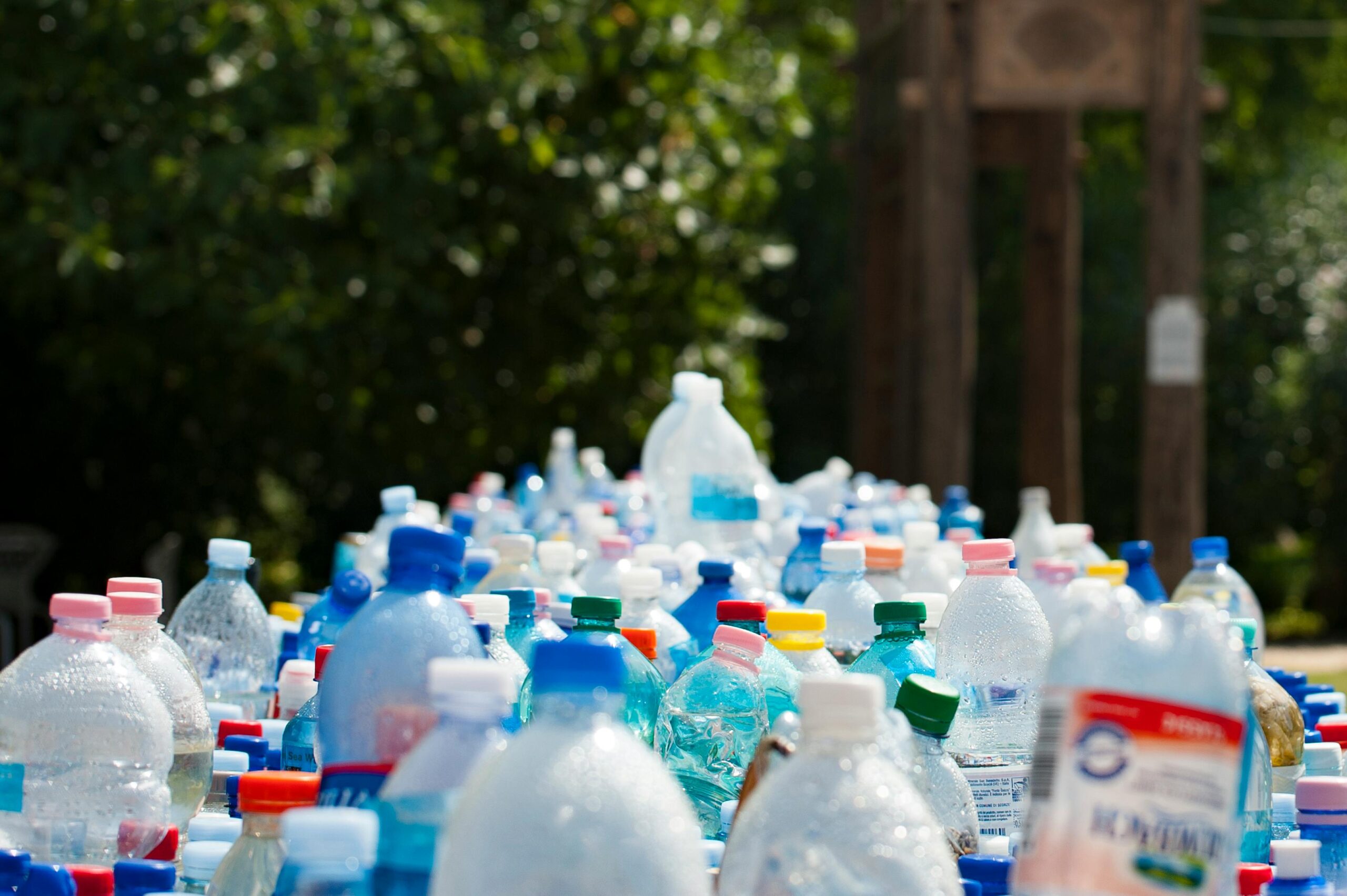
Recycling plastic isn’t as effective as most think. A lot of plastic isn’t recyclable. Some plastics can only be recycled once. Much of what goes into recycling ends up in landfills. This is because it’s too dirty, or there’s no market. We must reduce use, not just recycle.

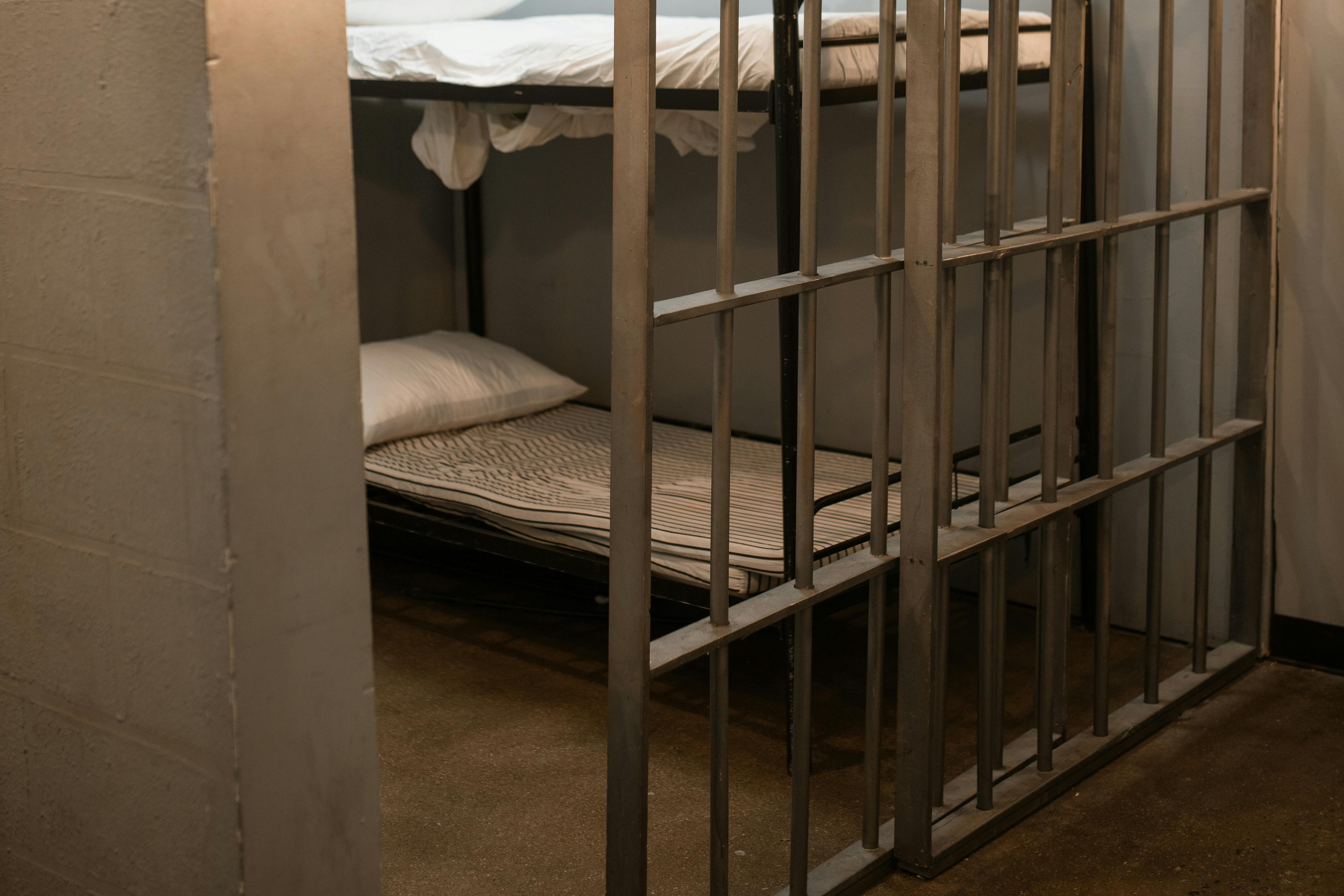
Cashless bail’s goal is to free people before trial. It stops wealth from deciding who waits at home. Yet, data shows mixed results. Some worry it boosts crime. Others say it’s fairer than cash bail. The debate rages on about safety and justice. Changes to bail rules must balance both well.


The US spends a lot on defense; it’s more than many nations combined. Much goes to pay troops and buy weapons. Some say it keeps us safe, others think it’s too much. They argue that we could use that money for healthcare or schools. It’s a debate without easy answers.

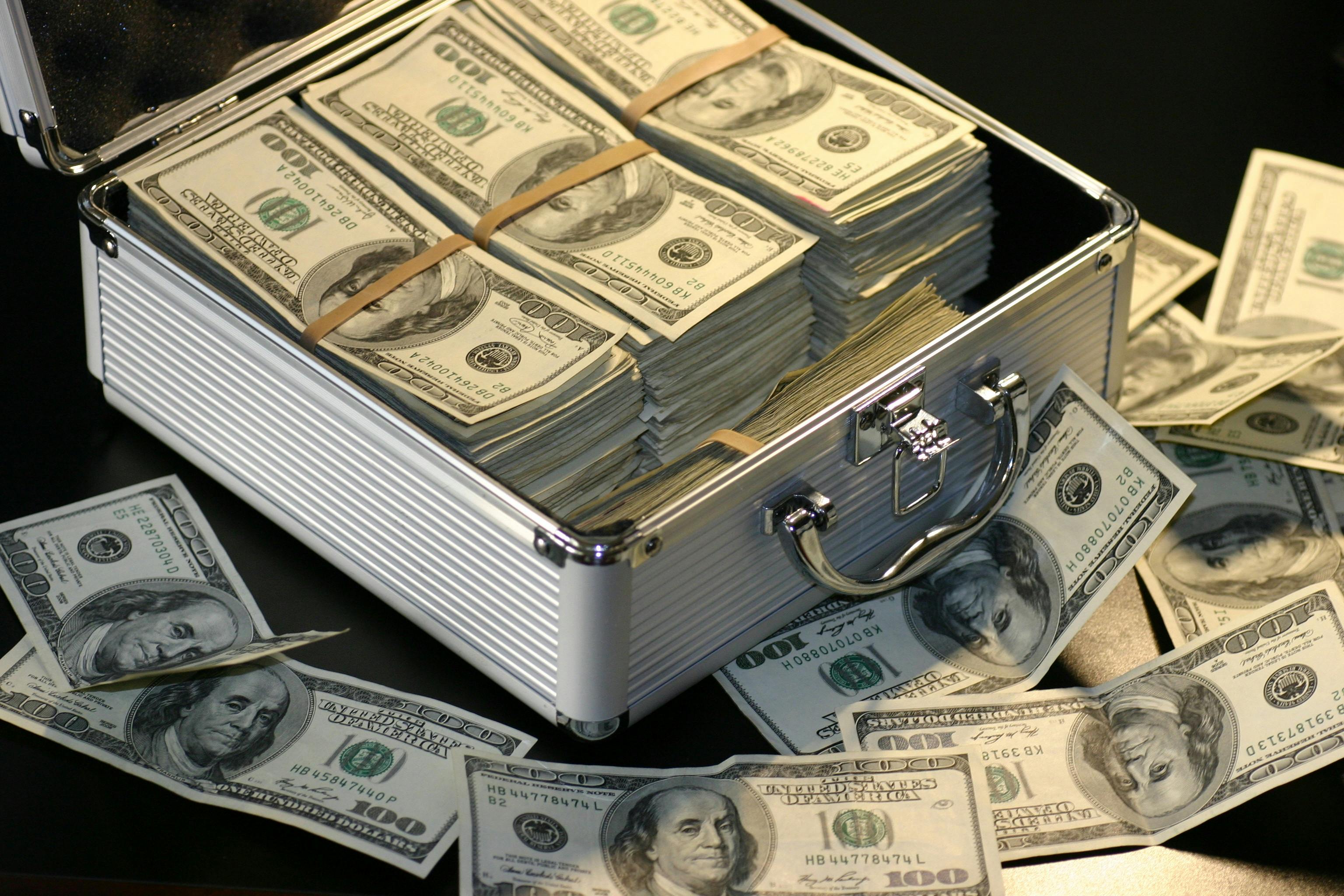
Tax cuts for the rich don’t often boost the economy as promised. The wealthy tend to save or invest tax savings instead of spending. This limited spending has a minor effect on overall demand. These cuts often increase the national debt. That could lead to less funding for public services. The benefits mostly help those at the top, not everyone else.


“What Would Jesus Do” isn’t about easy answers. It’s about thinking like Jesus, which means loving others. It pushes us to look at our actions. We must ask if they show compassion and kindness. It’s not a rule book but a call to live a life like Christ. You should seek to understand, forgive, and help those in need.

